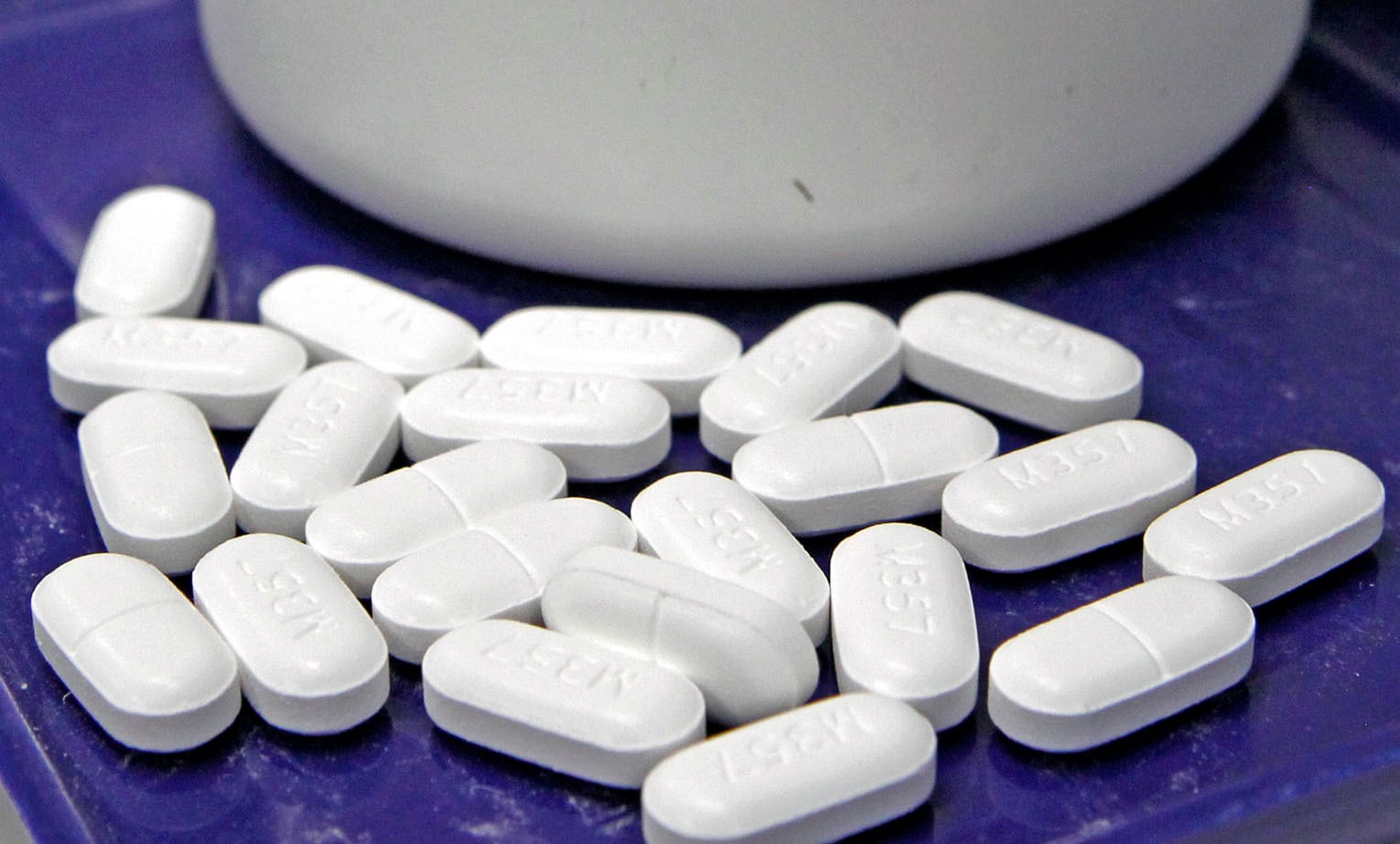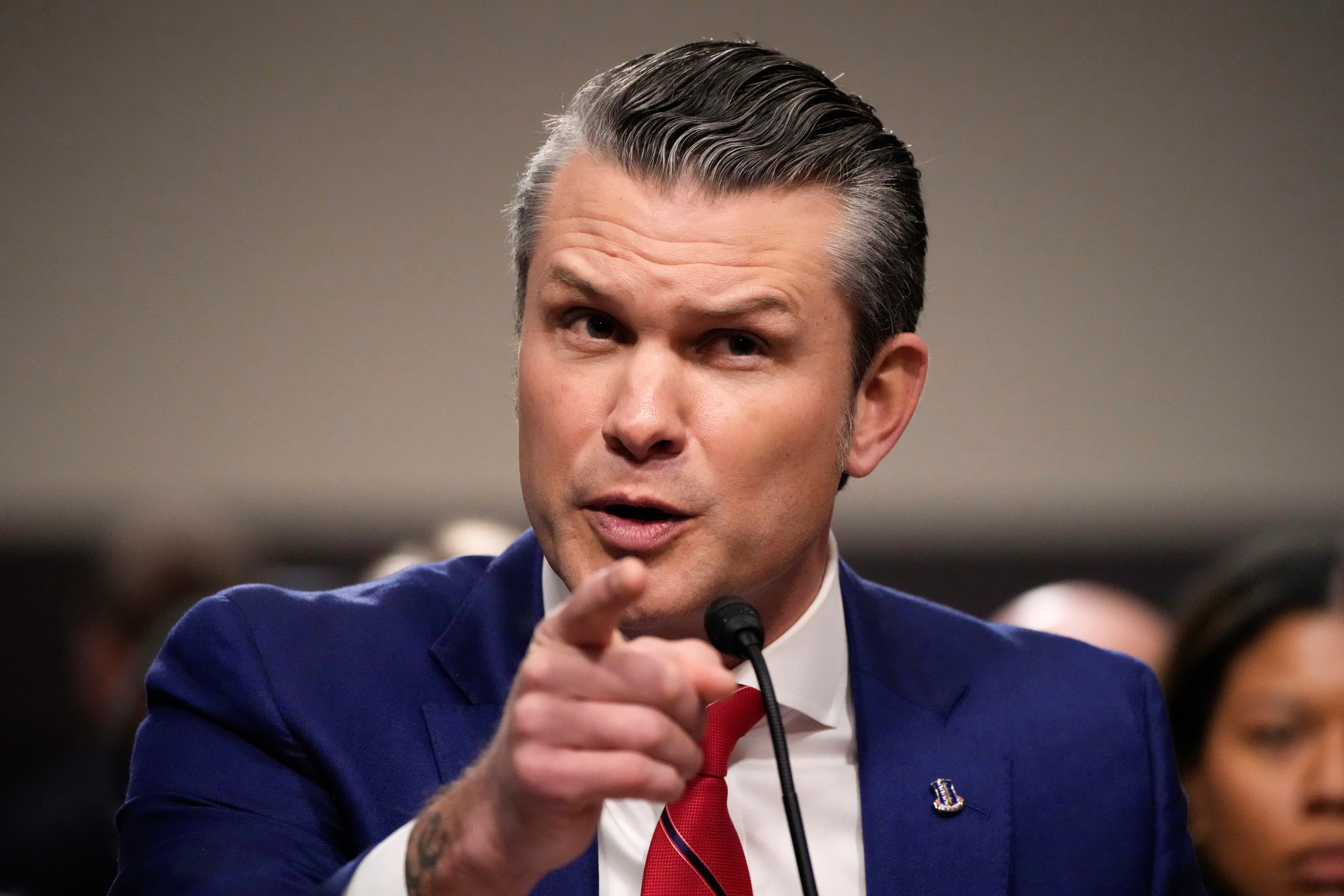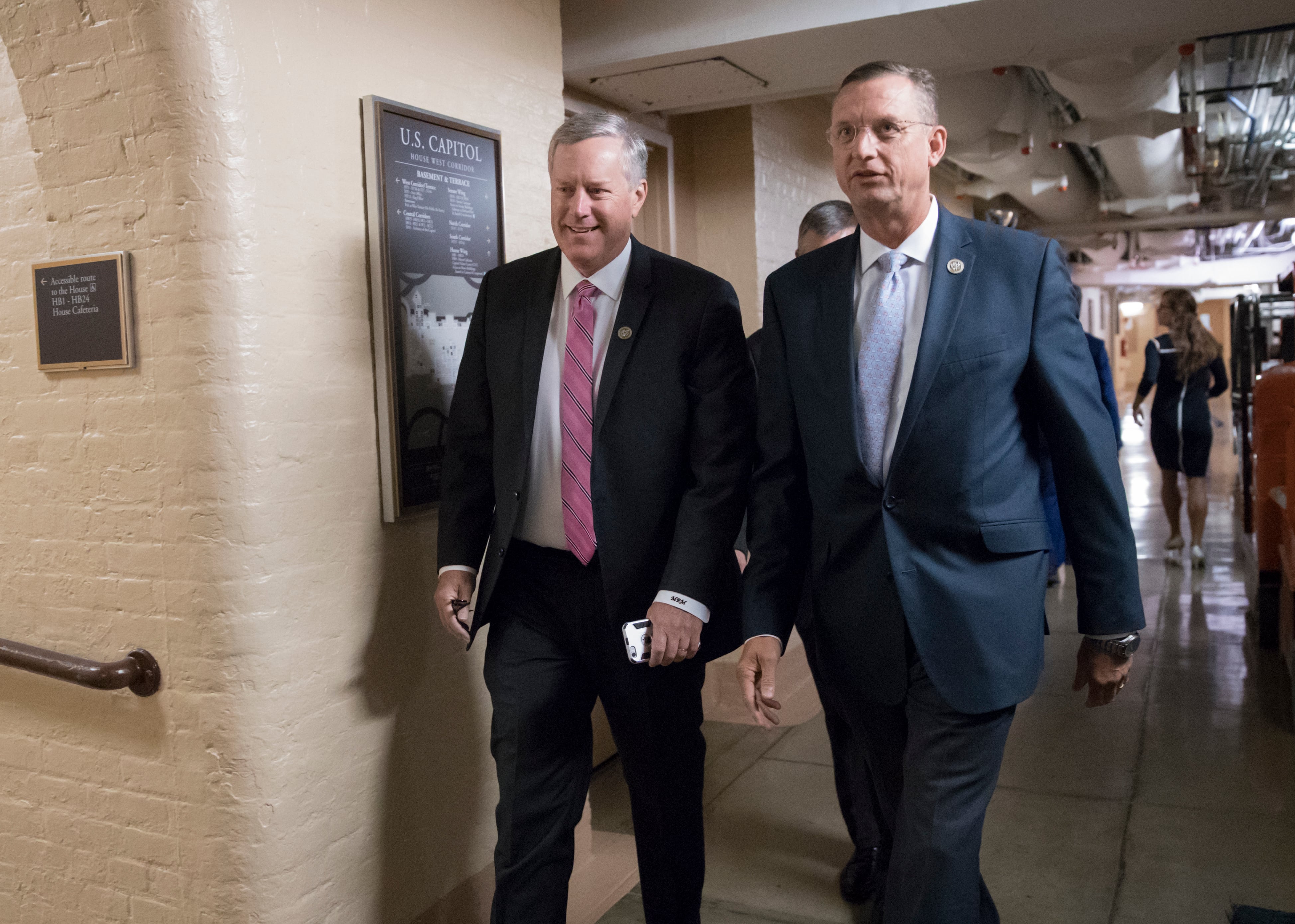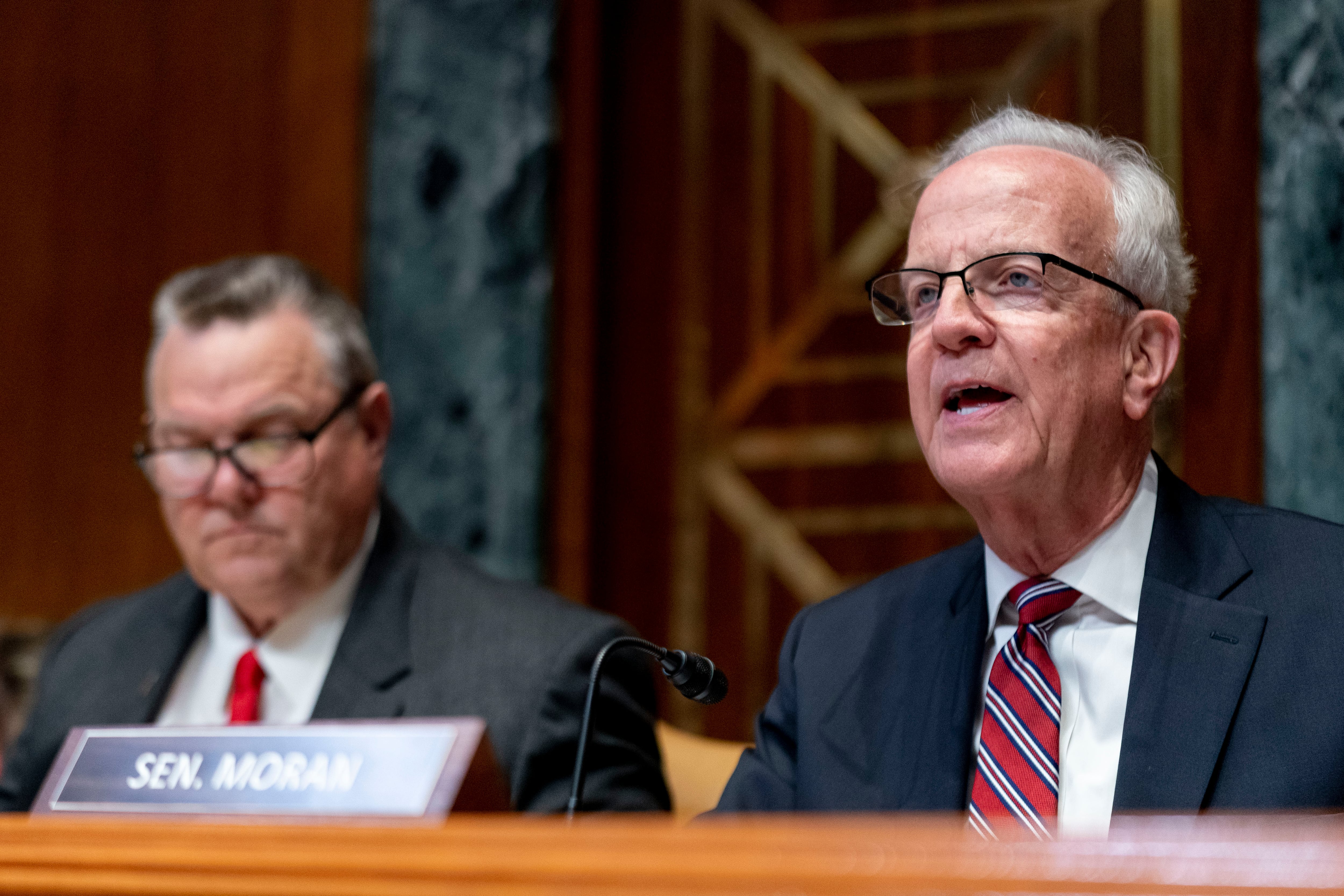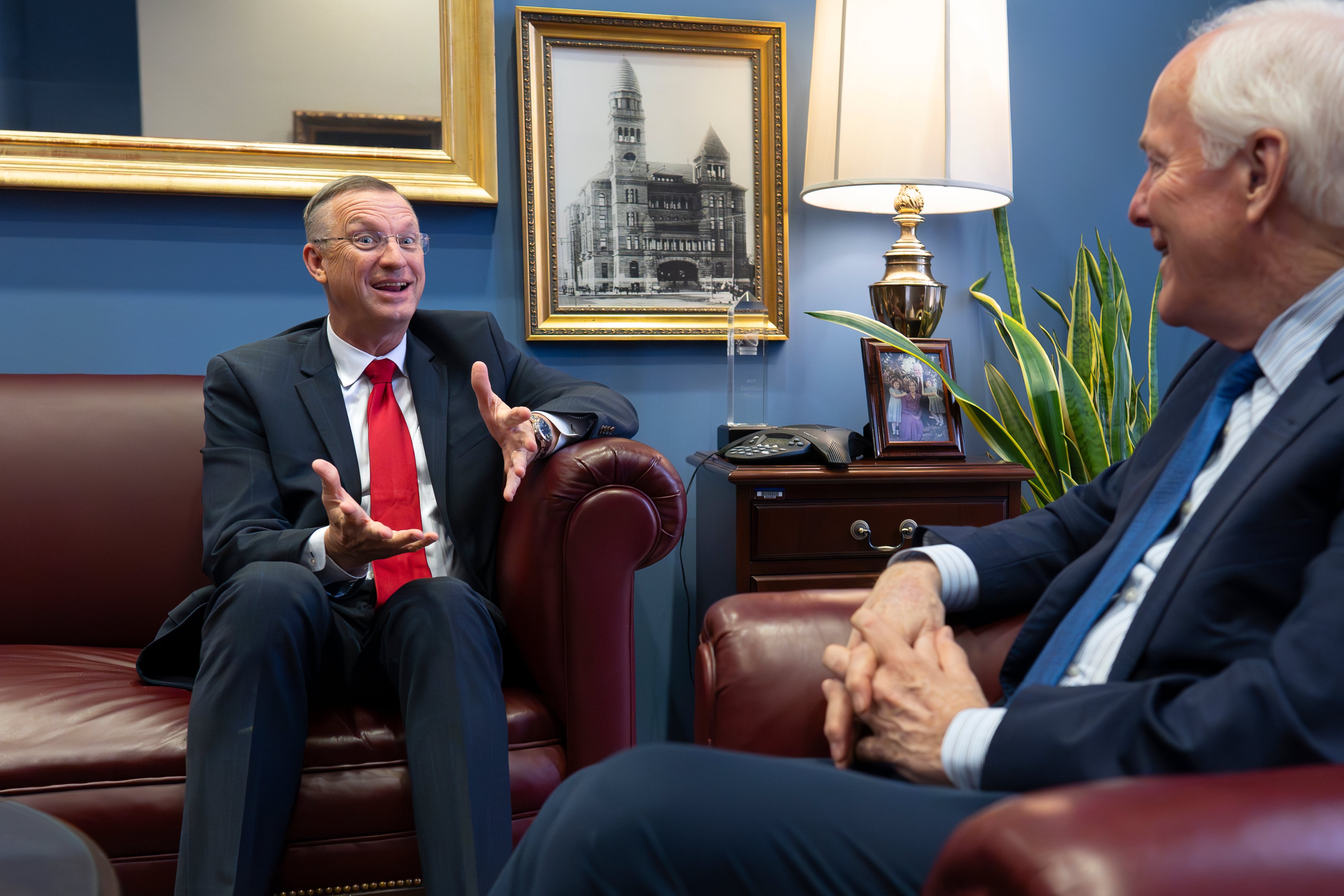The Veterans Affairs Department figures prominently in a new push by the Obama Aadministration to curtail the nationwide opioid and heroin epidemic.
President Obama called on Congress Wednesday to spend $1.1 billion to funding new efforts to stem prescription drug abuse and encourage patients to seek treatment, including a new policy at VA that will require doctors to check state prescription monitoring databases before prescribing a controlled substances to a patient.
The policy, designed to keep patients from doctor shopping for painkillers, will require physicians to check the databases at least once a year and when a patient requires a refill.
According to the Centers for Disease Control and Prevention, more than 28,000 Americans died from opioid or heroin overdoses in 2014, and at least half the deaths involved prescription medication.
The administration argues that new measures, to include expanding access to treatment and funding research, are needed to address the epidemic.
"Every day that passes without Ccongressional action to provide these additional resources is a missed opportunity to get treatment to those who want it, help prevent overdoses and support communities across the country impacted by this epidemic," White House officials said in a release.
A 2013 investigation by the Center for Investigative Reporting found that VA prescriptions for four opiates, including hydrocodone, oxycodone, methadone and morphine, increased 270 percent from 2001 to 2012.
But after VA launched an opioid safety initiative in 2013, the number of prescriptions has dropped by more than 110,000.
The limits placed on opioid prescriptions at VA, however, have been problematic for some veterans, according to veterans advocacy groups and lawmakers. , who say They argue that while the limits have helped some addicted veterans get treatment, they have forced others to endure pain or turn to street drugs like heroin.
The White House announcement also calls for the Defense Department to conclude an ongoing evaluation of the DoD's prescription drug monitoring program.
A report DoD report released in April noted that opioid abuse among active-duty personnel was 0.2 percent in 2015, down 29 percent from 2010.
Opiate-positive drug tests among service members also declined by 42 percent from fiscal 2013 to fiscal 2014.
Some of the initiatives announced Wednesday by the White House are ongoing, to include the Drug Enforcement Administration's prescription drug take-back day in October, grants for states to expand tele medicine outreach and treatment in rural areas and Health and Human Services Department funded research on pain management, substance abuse and treatment.
Other initiatives included in the White House announcement Wednesday include expanding the number of patients that a doctor can oversee for buprenorphine therapy from 100 to 275, and a requirement that the Indian Health Service check state prescription databases before prescribing or dispensing an opioid for more than seven days.
Patricia Kime covers military and veterans health care and medicine for Military Times. She can be reached at pkime@militarytimes.com
Patricia Kime is a senior writer covering military and veterans health care, medicine and personnel issues.
